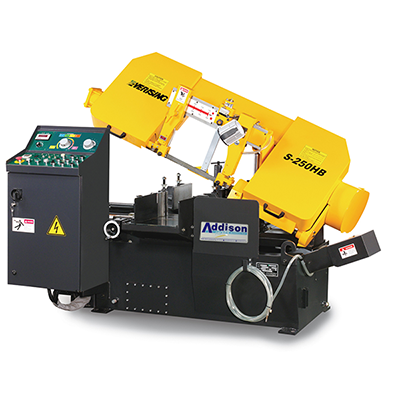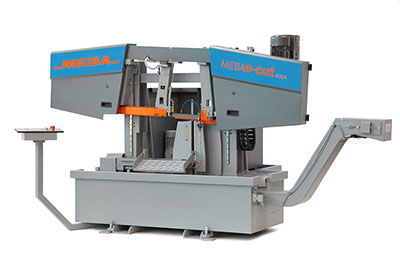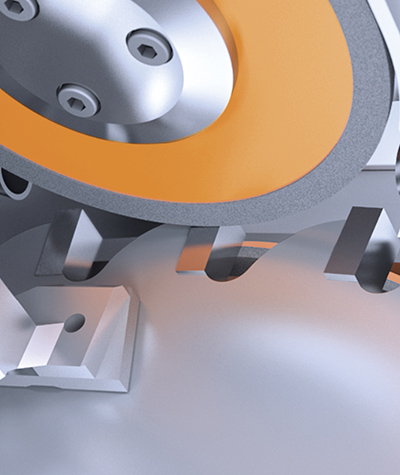Parker Precision, a West Midlands-based engineering company, has invested in a new automatic shuttle-vice bandsaw from Addison Saws. The saw, an Everising S-250 HB-NC model, is bringing efficiencies of 60% to Parker’s sawing line and is being used to feed no fewer than 20 CNC milling machines.
“With a growing order book, we identified the need to further enhance our ability to precision-cut heat-treated lengths of aircraft-grade stainless steels and aerospace alloys,” says Parker Precision’s marketing director Marc Corns.

A trip to see an Everising S-250 HB-NC bandsaw at the site of a local Addison Saws’ customer was enough to convince Parker Precision that the machine would more than fulfil its cutting requirements.
“Having seen the S-250 saw in action, we were happy to forgo cutting trials as we were more than convinced it would meet our needs,” says Corns. “However, in view of the fact that we work with a wide range of exotic materials, Addison Saws recommended variable clamping pressure as an optional feature in order to protect the integrity of even the most delicate tubes.”
Duly installed, the Everising S-250 HB-NC automatic shuttle-vice bandsaw is already bringing considerable benefits to production strategies at Parker Precision’s Bilston site. Significantly quicker than the saw it replaced, the Everising machine has more than halved the time it takes the precision engineering company to cut steel and aluminium into typical bar sizes of 50 mm diameter and 180 mm length.
“The amount of scrap material we generate has also been minimised, while the saw’s precise cutting action has reduced the need for deburring,” concludes Corns.
For further information
www.addisonsaws.co.uk























